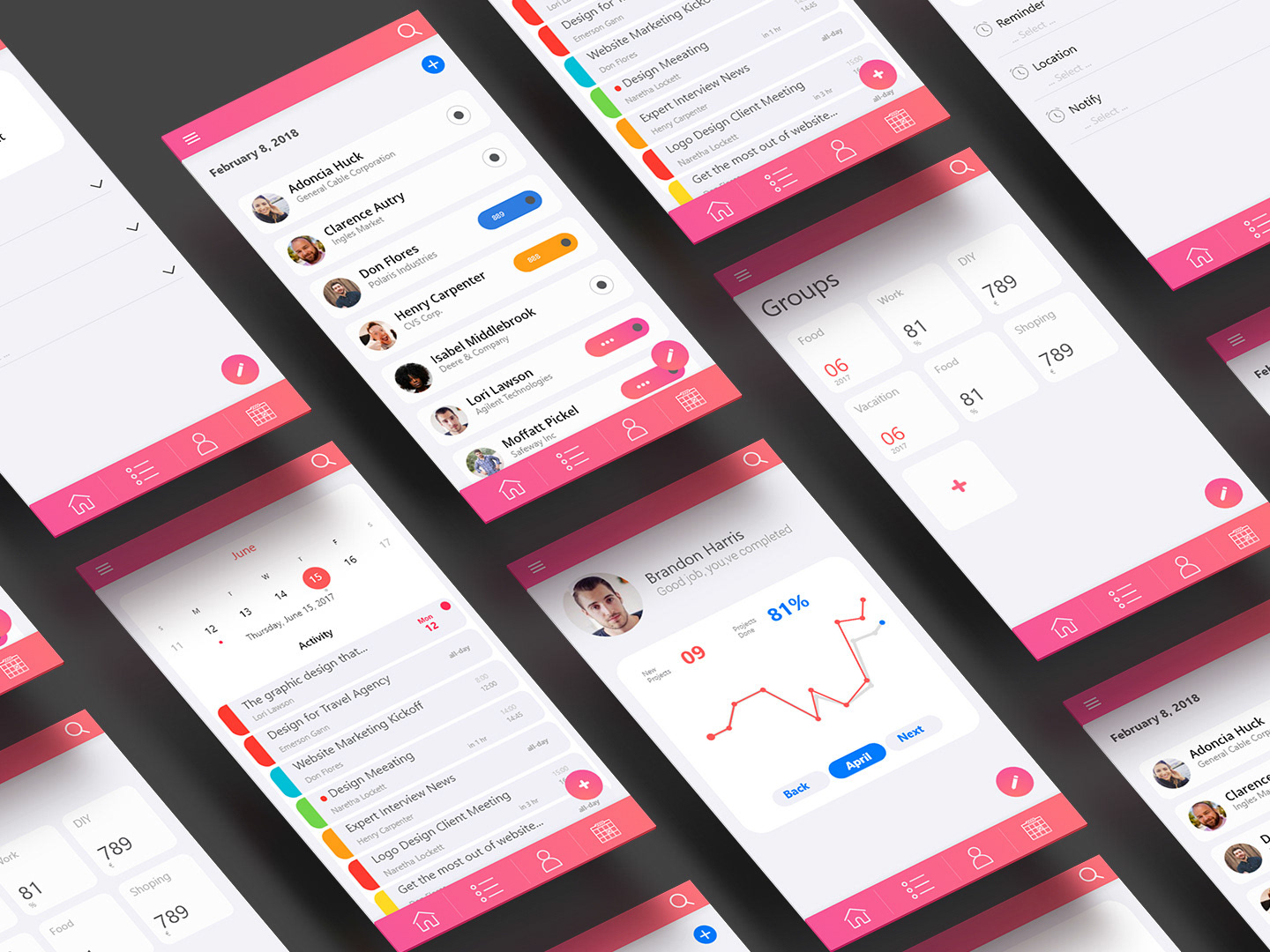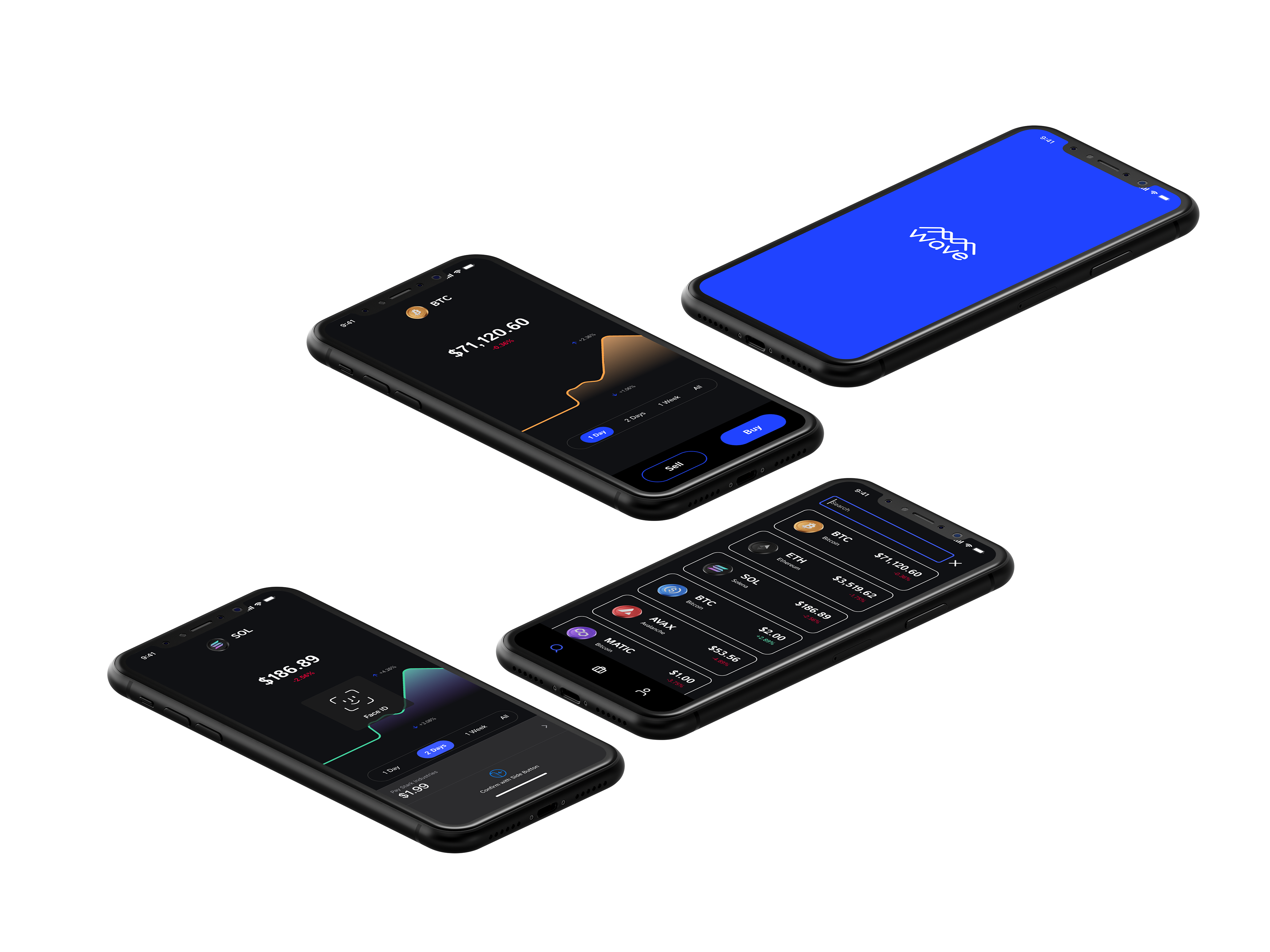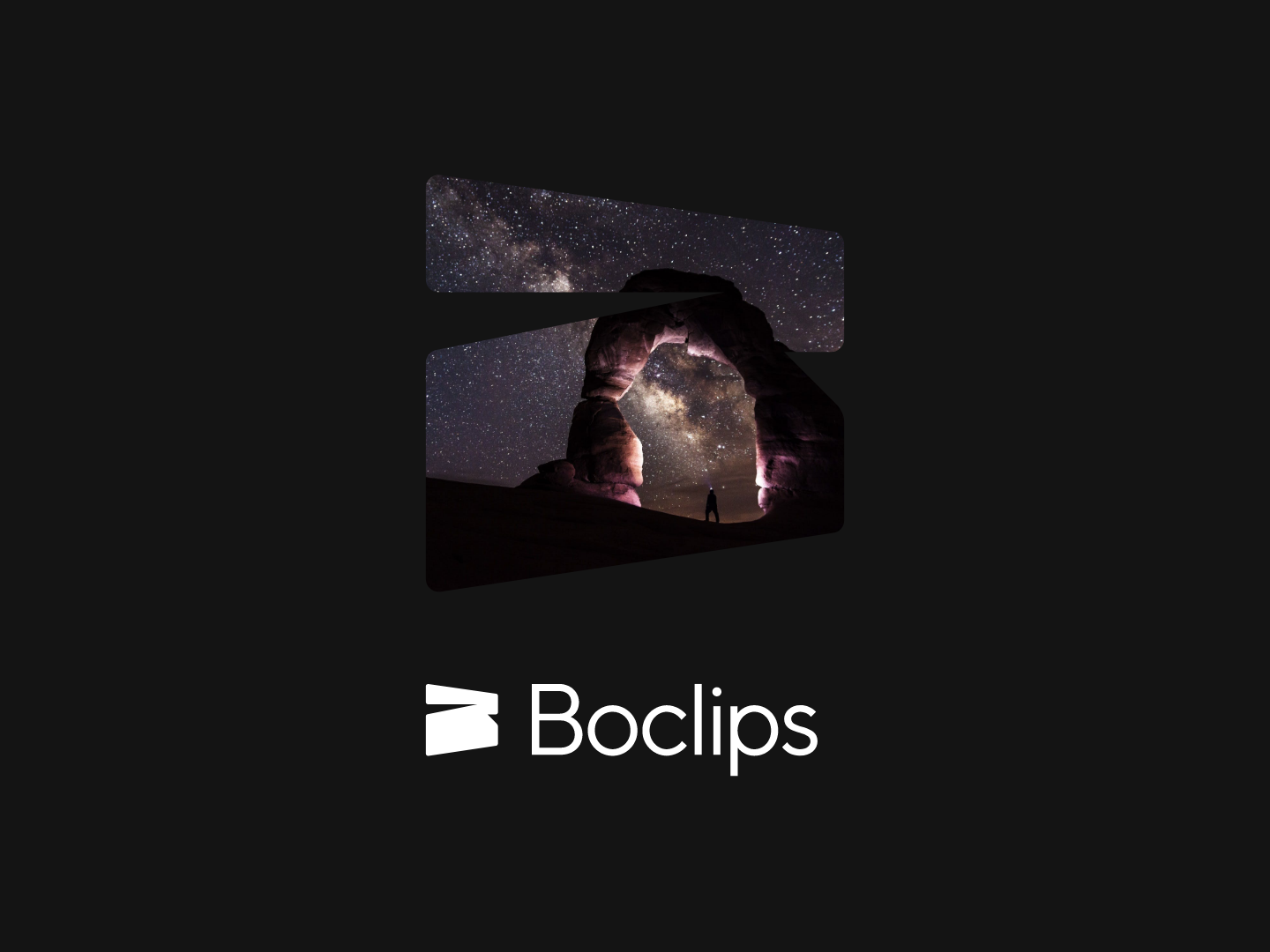With the Tipzapp application, skilled individuals can easily earn money from any location using a straightforward QR code scan or radar search feature within the app. This allows users to tip instantly.
Tipzapp is presently in the developmental stage, and its purpose is to provide users in the entertainment industry with a contemporary substitute for tipping. The project involves activities such as sketching, creating personas, conducting usability testing, and designing the platform.
::::: iOS App pages :::::
::::: The Challenge :::::
Launching a new service like Tipzapp into the market poses its unique set of challenges, particularly in cultivating user familiarity and trust in payment transactions. The app underwent multiple design and implementation iterations, with the aim of providing a compelling user experience.
::::: The Solution :::::
To navigate these challenges, I implemented a variety of strategies including leveraging familiarity, prototyping, crafting user flows, designing wireframes, and conducting usability testing to ensure a satisfying user experience.
Given that Tipzapp is a platform where trust is paramount, it will be accessible across iOS, Android, and desktop platforms.
To perfect the design, I engaged in a sketching and brainstorming process where each sketch was mounted on the wall with Velcro stickers. This method facilitated easy modifications and iterations of the sketches, allowing for a seamless transition to the high-fidelity design phase once the concepts were fully vetted.
To identify areas for improvement, I conducted thorough testing and research, gathering valuable user insights. Testing was carried out on a web-based version of the app, with the collected data driving the decision-making process for the overall user experience.
::::: Sketching and Understanding :::::
::::: The Design System :::::
::::: Onboarding iOS app pages :::::
The onboarding experience consists of two user journeys: logging in and signing up - here is the sign up experience




::::: Personas :::::
To aid in decision-making throughout the development process, I formulated three primary personas,
1. User receiving tips, 2. User providing tips with app installed, 3. User providing tips without app installed.
::::: User 1: Receiving Tips on the iOS and Android app :::::



::::: User 2: Providing Tips using iOS and Android app :::::




::::: Users 3: Providing Tips using using a web application :::::
::::: Search Feature :::::
Within the app, users can find profiles by choosing between a search input or utilising the radar feature. The available options for in-app searching are Search Input or Radar.



::::: Web based Tipzapp application version 0.2 for testing Purposes :::::
The application went through several design and implementation iterations to enhance the user experience. Comprehensive testing and research were conducted to identify areas for improvement, resulting in user insights.
This testing was focused on the web-based version of the app, and the data gathered was instrumental in guiding decisions to optimise the overall user experience.
I even considered the option of tipping content, as many of our users expressed an interest in this feature and its potential usefulness. (designs were not refined as they were used for testing purposes only)
::::: Landing page design :::::
::::: Social media marketing video (Concept only) :::::
::::: The Conclusion :::::
The decision was made to prioritise simplicity in the app and address the problem of a cashless world by providing an alternative solution that makes tipping easy for various service providers such as waitresses, musicians, entertainers, hairstylists, and cleaners. We offer zero commission on tips for users receiving them, and there are no fees for users providing tips.
However, the outcomes from livestreams and posts did not match our expectations as users were not willing to tip for content related to art and entertainment when we tested it in a live environment.











